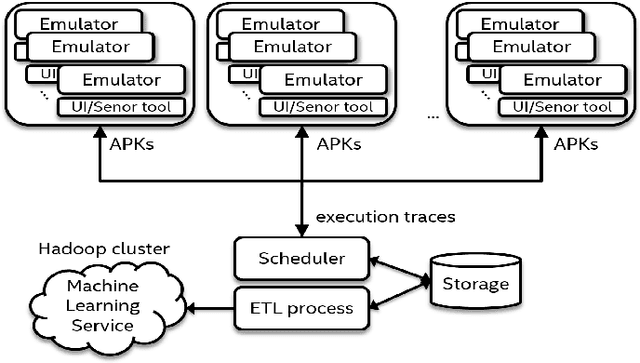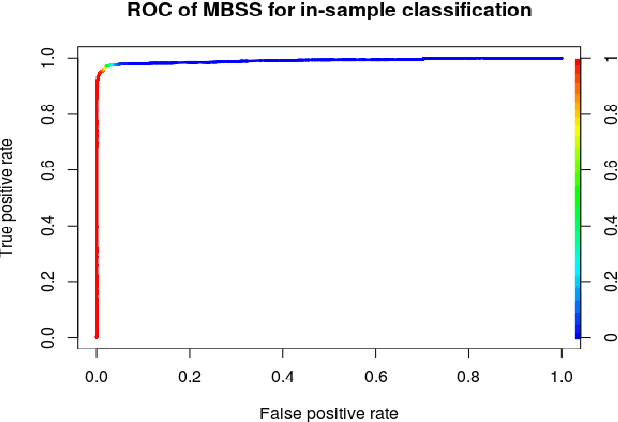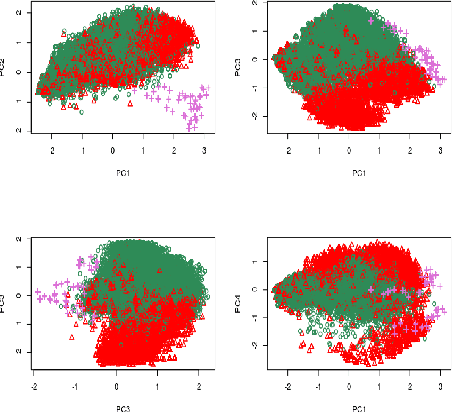Semi-supervised classification for dynamic Android malware detection
Paper and Code
Apr 19, 2017



A growing number of threats to Android phones creates challenges for malware detection. Manually labeling the samples into benign or different malicious families requires tremendous human efforts, while it is comparably easy and cheap to obtain a large amount of unlabeled APKs from various sources. Moreover, the fast-paced evolution of Android malware continuously generates derivative malware families. These families often contain new signatures, which can escape detection when using static analysis. These practical challenges can also cause traditional supervised machine learning algorithms to degrade in performance. In this paper, we propose a framework that uses model-based semi-supervised (MBSS) classification scheme on the dynamic Android API call logs. The semi-supervised approach efficiently uses the labeled and unlabeled APKs to estimate a finite mixture model of Gaussian distributions via conditional expectation-maximization and efficiently detects malwares during out-of-sample testing. We compare MBSS with the popular malware detection classifiers such as support vector machine (SVM), $k$-nearest neighbor (kNN) and linear discriminant analysis (LDA). Under the ideal classification setting, MBSS has competitive performance with 98\% accuracy and very low false positive rate for in-sample classification. For out-of-sample testing, the out-of-sample test data exhibit similar behavior of retrieving phone information and sending to the network, compared with in-sample training set. When this similarity is strong, MBSS and SVM with linear kernel maintain 90\% detection rate while $k$NN and LDA suffer great performance degradation. When this similarity is slightly weaker, all classifiers degrade in performance, but MBSS still performs significantly better than other classifiers.
 Add to Chrome
Add to Chrome Add to Firefox
Add to Firefox Add to Edge
Add to Edge